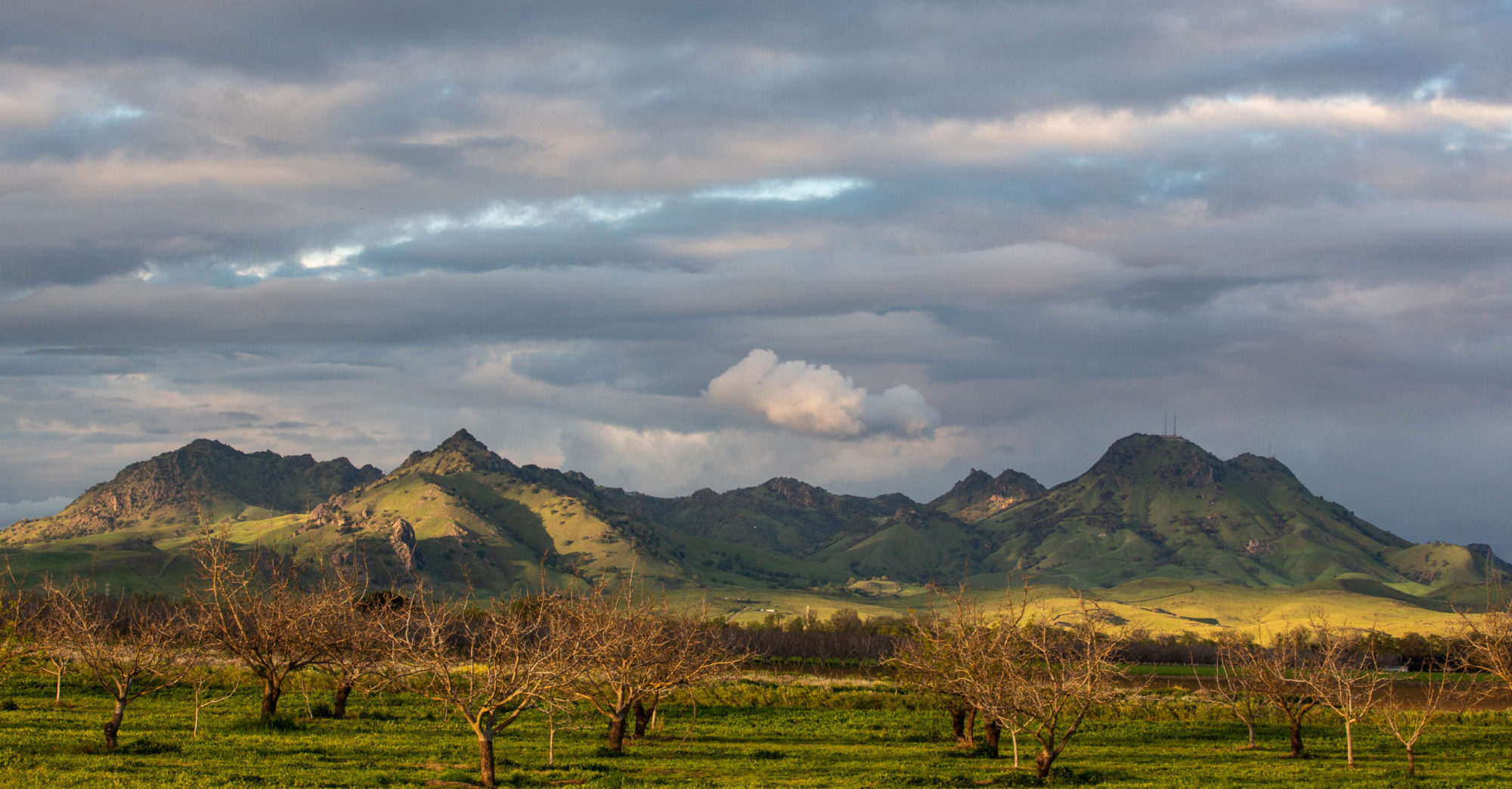That’s Mount Dana, elevation 13,057 feet above sea level, just south of Tioga Pass in Yosemite National Park. The picture was shot from a ridge above the Gaylor Lakes just north of the pass, elevation about 10,500.
My nephew Max and I drove across the Tioga road on Wednesday, and it’s a trip that will leave an impression for some time. As I’ve said elsewhere, this is country that’s normally far beyond the reach of the casual winter traveler. The Sierra this high up is usually buried in snow. Beyond that, it can be cold and harsh in a way that’s utterly foreign to us Northern California lowlanders. The day we were up there, it felt like the temperature was in the high 40s, at least, and warmer in the sunlight. There was no wind. I was wearing shorts, though that was pushing it a little. Plenty of others have journeyed up to this strangely accessible alpine world. A local outdoors writer did a blog post last week about a couple guys who had driven up to hike Mount Dana–yeah, that peak pictured above–in running shoes.
All the weather forecasts show that this midwinter idyll, made possible by a long, long dry spell accompanied by unusually mild daytime temperatures, is coming to an end. The forecast for the end of the week is blizzardy: snow, then more snow, with high winds. And already, the weather has changed. Today’s high is for a high of about 30, with 50 mph winds gusting to 80 mph. Tonight’s forecast: a low of 10, with a westerly wind of 60-65 mph gusting to 105 mph. I have a picture in my head of being blown clear off this ridge.
More on this later. For a rather short trip–we were only on the road across the high country for a few hours–it filled my head with impressions.
